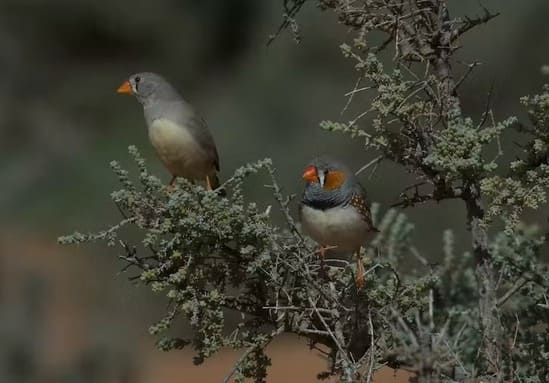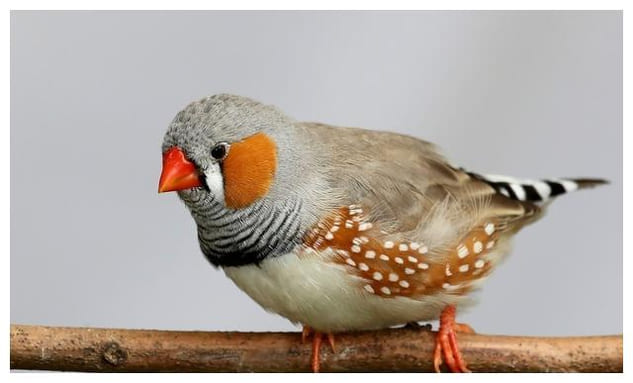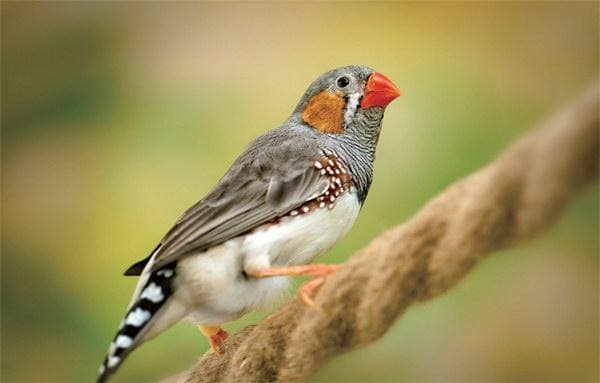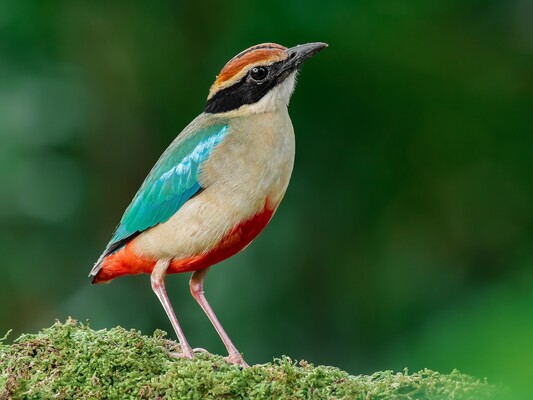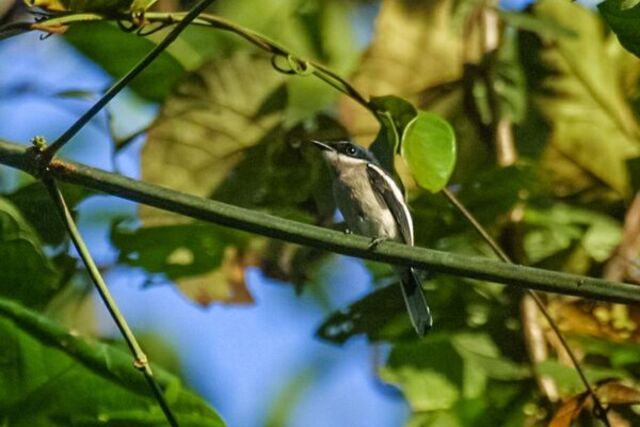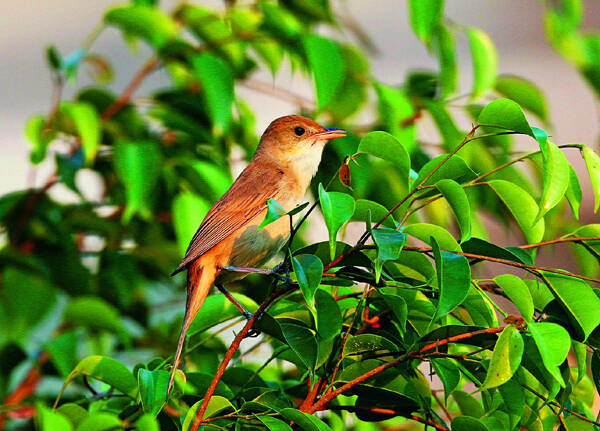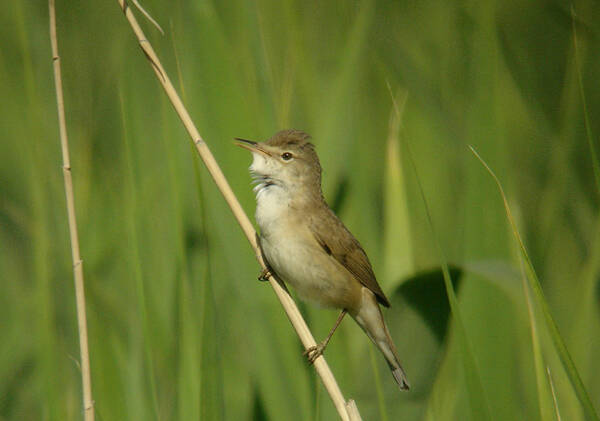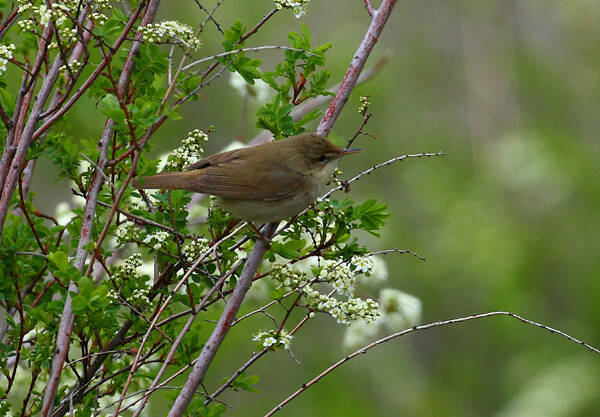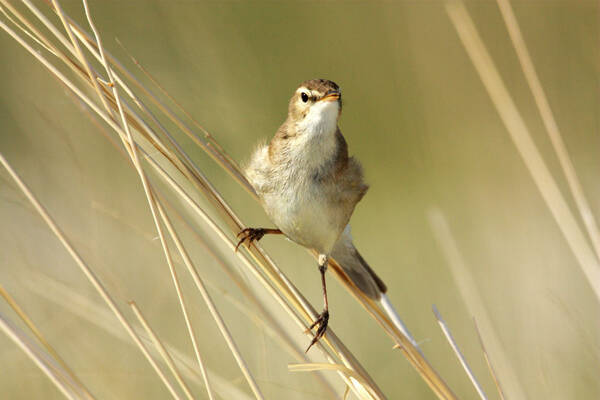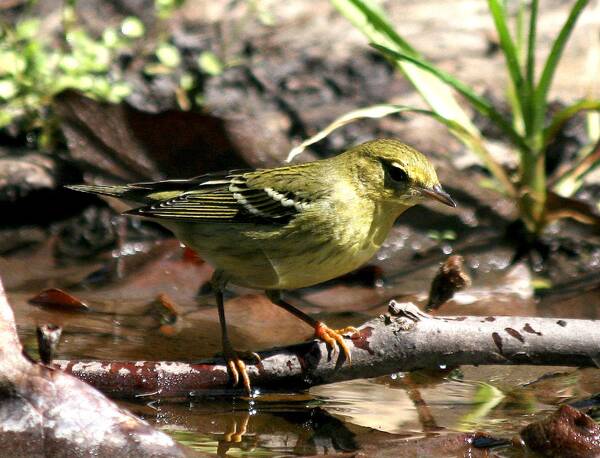Zebra Finch
IUCN
LCBasic Information
Scientific classification
- name:Zebra Finch
- Scientific Name:Taeniopygia guttata
- Outline:Songbird
- Family:Estrildidae Taeniopygia
Vital signs
- length:10–12 cm
- Weight:10–15 g (≈12 g typical)
- lifetime:3–5 years wild; 5–9 in captivity
Feature
Model for song learning; highly social; adapted to arid habitats; monogamous pairs.
Distribution and Habitat
Arid/semi‑arid grasslands, open shrublands and farm edges near water across Australia; some introduced populations.
Appearance
Small grey‑brown finch; males with orange cheek patch, barred breast and bright bill; females duller without cheek patch.
Details
Zebra finch (Taeniopygia guttata) is one of Australia’s most widespread small passerines of arid and semi‑arid regions. Named for the male’s black‑and‑white barred chest, it is a social granivore and a key model for studies of vocal learning and neurobiology.
Ecology & Behaviour
Highly gregarious and typically monogamous; breeding tracks rainfall and fresh seeding grasses. Nests in shrubs or human structures; both parents feed chicks.
Diet & Role
Seeds of grasses dominate the diet, with green matter and small invertebrates taken opportunistically.
FAQ
Q1. How do you tell males from females?
Males show orange cheek patches, a barred breast and brighter red‑orange bill; females lack the cheek patch and bold barring.
Q2. Where is it native?
Interior and near‑coastal Australia in arid/semi‑arid grasslands and open scrub; introduced locally elsewhere.
Q3. What is its IUCN status?
LC (Least Concern) due to very large range and population, though local conditions such as drought can affect numbers.

